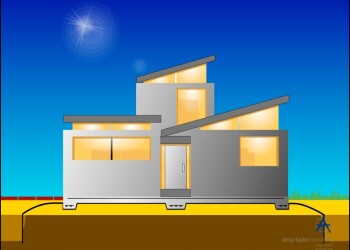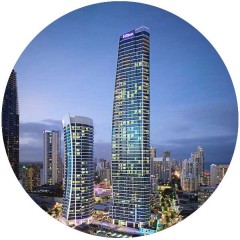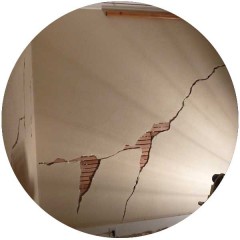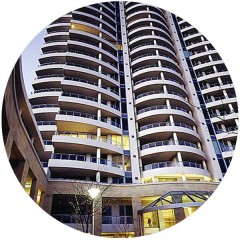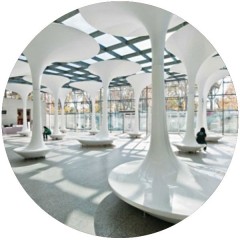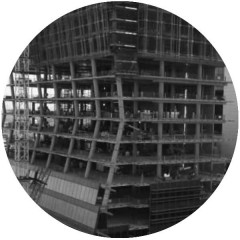ClayLock® is the first significant advance in clay-related foundation design since the 1970’s, when Australian researcher Dr John Holland’s world first research pre-empted the current design code (AS 2870 : Residential Slabs and Footings – Construction). It contributes significantly to the international body of knowledge on foundation design.
Instead of resisting the movement of clay reactive soils, ClayLock® utilises their natural forces to create soil stability for each construction and remove the need for complex footing or raft structures. The technique involves:
- Using an durable polyethylene membrane to extend the footprint of the building and protect the foundation slab from seasonal edge effects; and
- Accelerating the soil condition to its maximum moisture content beneath and around the slab during the first stages of construction
- Locking the moisture content under the polyethylene at a permanent level of moisture and prevent seasonal swell
Polyethylene plays a key role as it prevents moisture escape in either liquid or gaseous form. A durable form of polyethylene with strict quality controls and around 50 times the vapour barrier performance of standard construction polyethylene has been sourced by Airey Taylor Consulting for this purpose.
Acceleration of moisture content is via a single irrigation beneath the newly cast slab and into the encapsulated extended footprint area. By doing this the clay “mound” or “dome” usually encountered after years of moisture equilibration becomes the stable state under workable timeframes.

